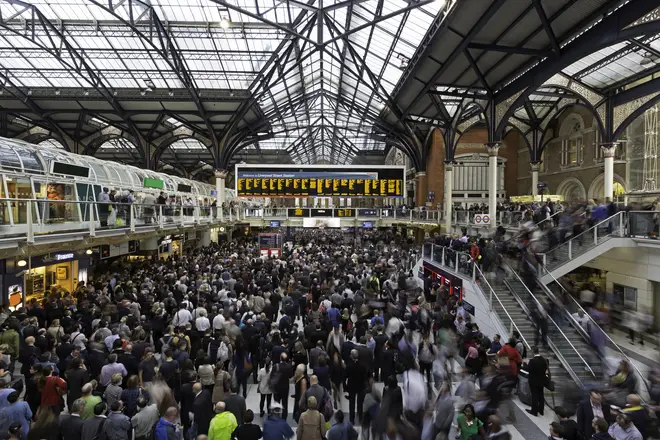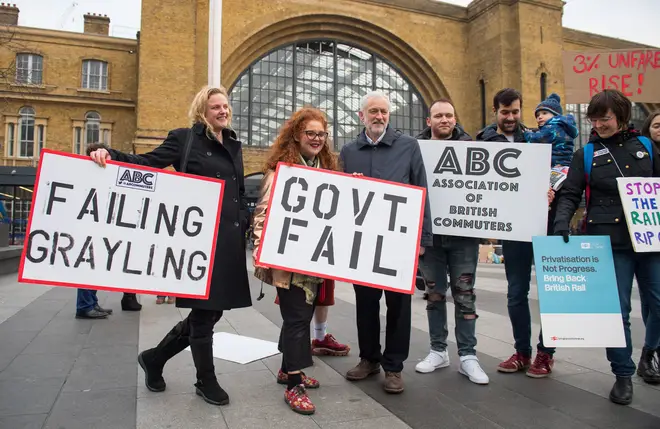On Air Now
Early Breakfast with Lindsey Russell 4am - 6:30am
2 January 2019, 11:18 | Updated: 2 January 2019, 11:48

Commuters across the country will be forced to pay increased rail fares from today but why have fares increased and where will the extra money be spent?
Millions of commuters across the UK will be returning to work faced with increased fares.
Train ticket prices have increased by 3.1% in a hike announced by the Rail Delivery Group which represents the UK's train operating companies.
Many will be disgruntled by the hike in fares which comes after a disruptive year in travel after many suffered timetable problems back in 2018.
Read more: Train punctuality drops to a 13 year low due to bad weather

But despite the outcry from commuters for a fare freeze the operators have revealed that the majority of income from fares is invested back into improving rail networks.
Rail Delivery Group revealed on Twitter that "for every £1 paid in fares, 98p goes towards running and maintaining the railway".
For every £1 paid in fares, 98p goes towards running and maintaining the railway. This means public and private capital can be invested in improvements, such as the 7,000 new carriages and hundreds more trains refurbished like new, coming in by 2021. https://t.co/WMNYiusdoN pic.twitter.com/rlRV7g1EMq
— Rail Delivery Group (@RailDeliveryGrp) January 2, 2019
According to their website Rail Delivery Group is promising commuters 7,000 new carriages and 6,4000 extra services a week by 2021 in what they are calling the biggest investment in the railway since the Victorian era.
Read more: Stations hit by protests following 'disgraceful' rail fares rise
In 2016-2017 the income of the UK's train operators was £10.5bn and the outgoings spent on running costs was £10.3bn leaving a 2% profit.
Running costs cover staff wages, improvements to track and infrastructure, maintenance and more.